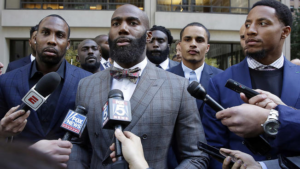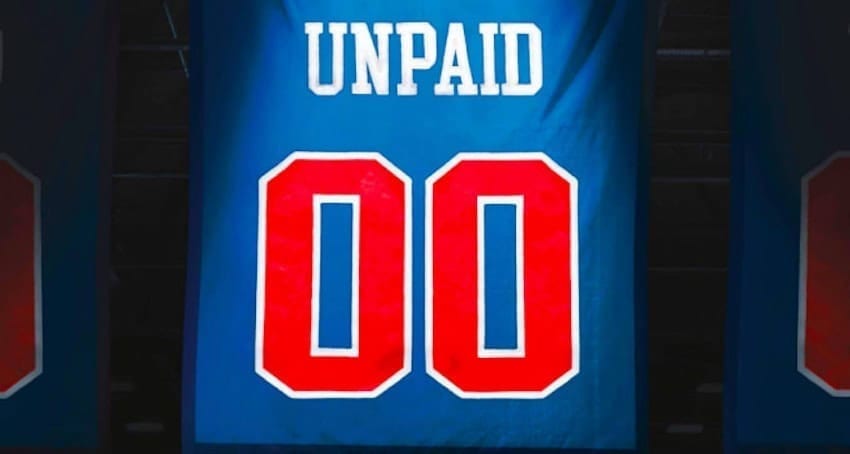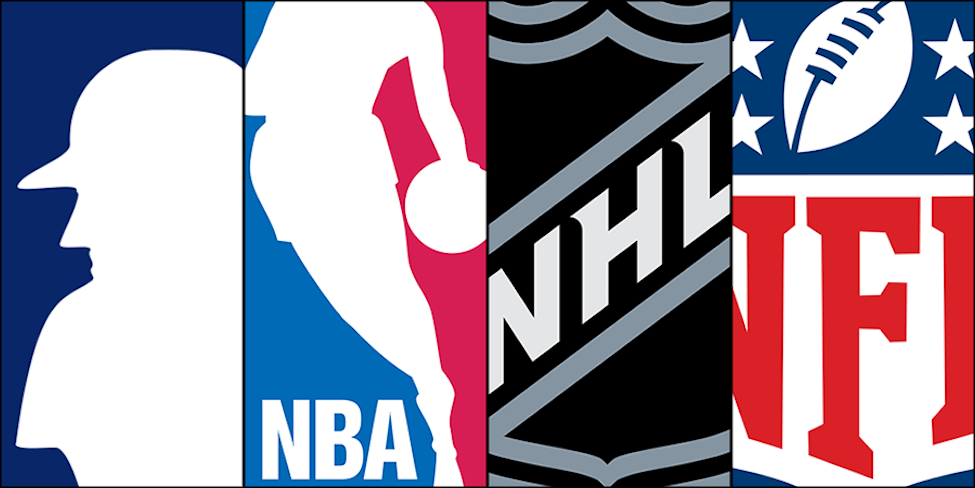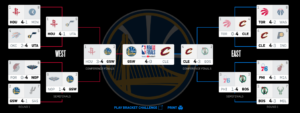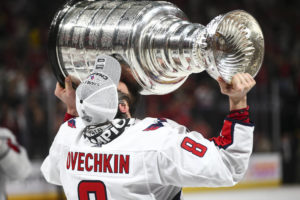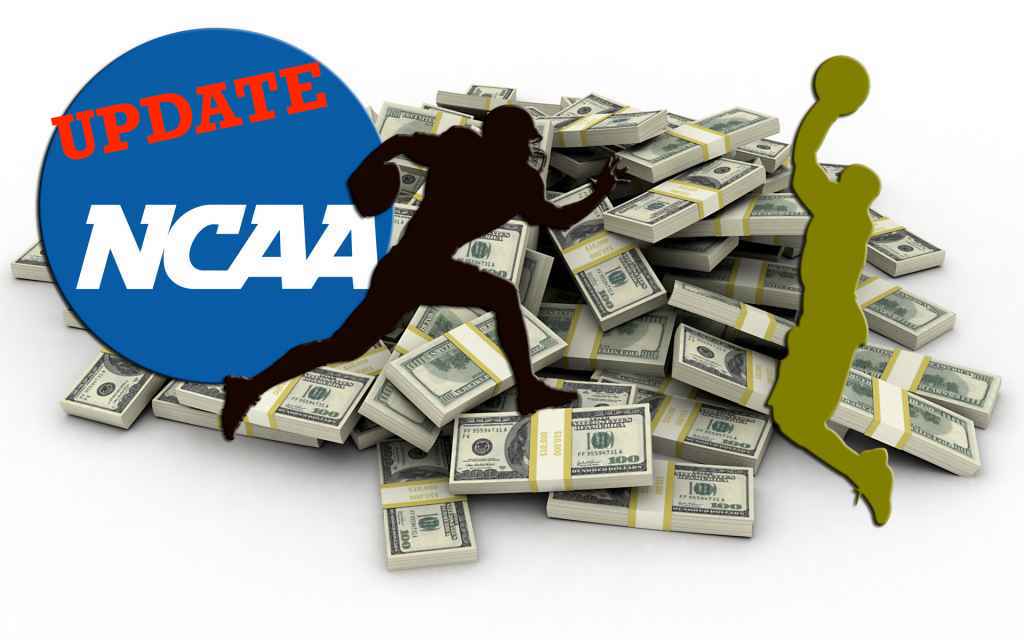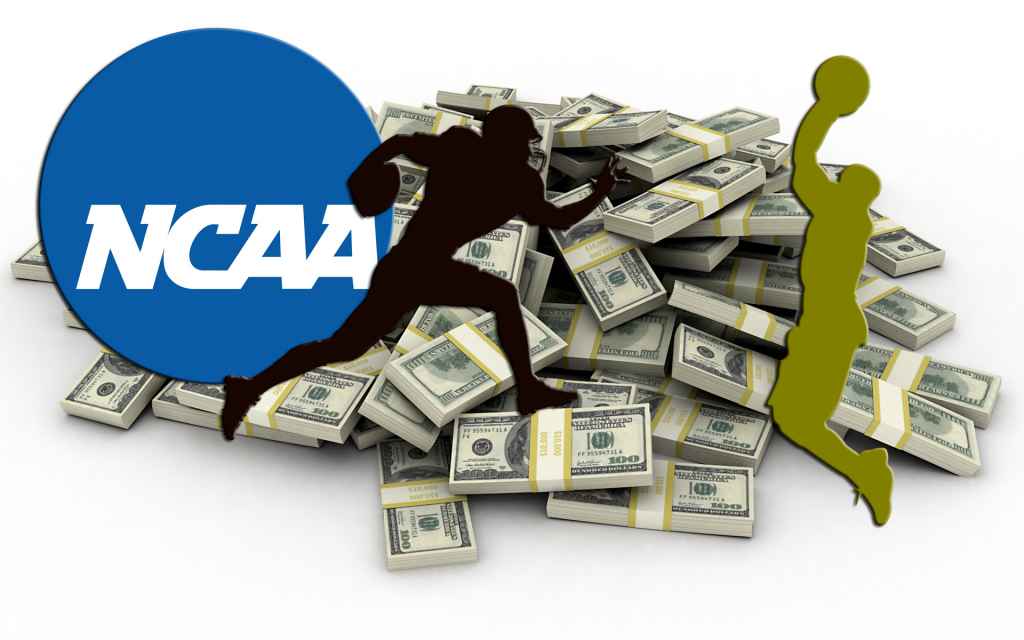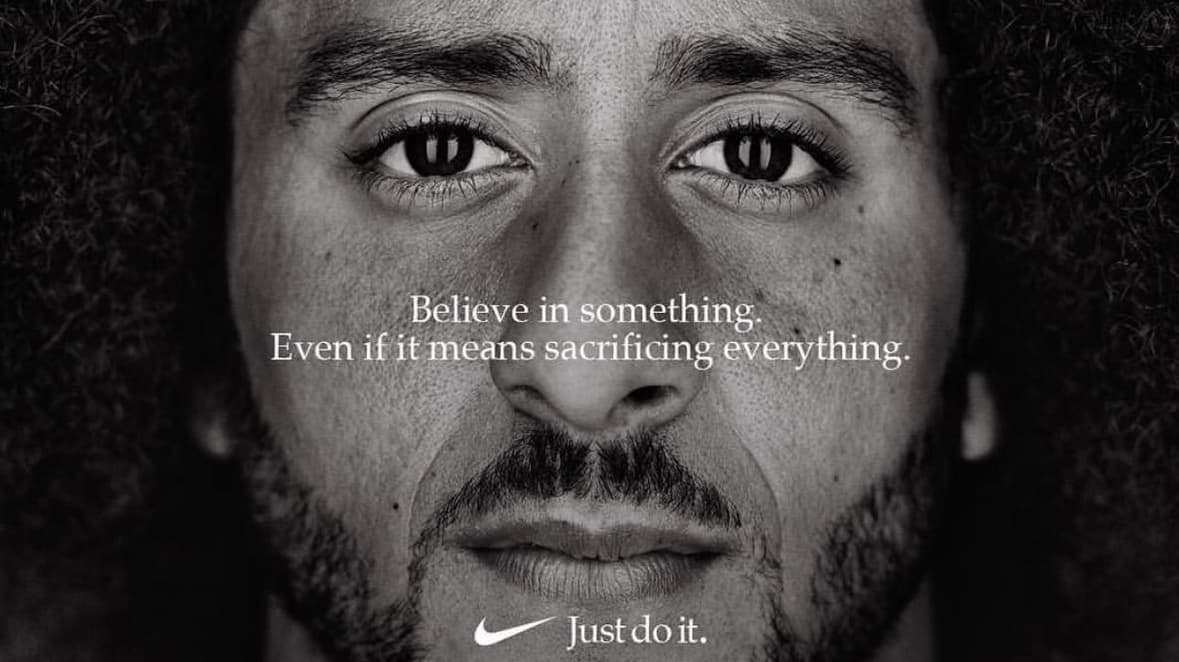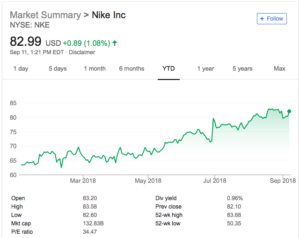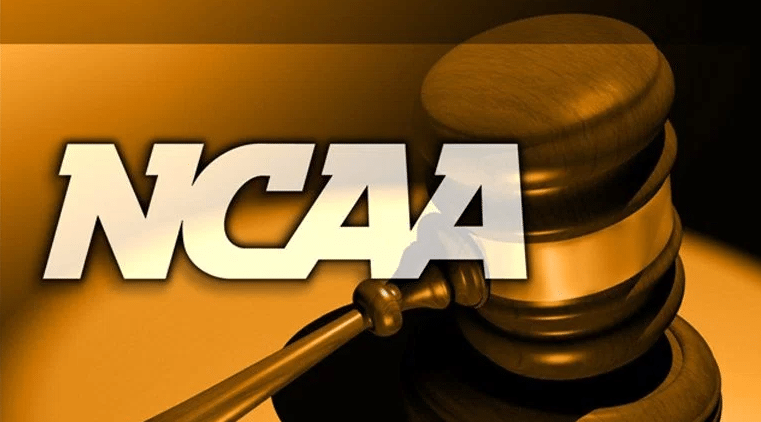Why isn’t there more diversity in D1 college athletics coaching staff?
An article was recently published that pointed out the continued lack of diversity in the coaching staff of college football. College football is not the only sport with a diversity problem. A systemic lack of diversity in regards to race and gender is a problem across all of college athletics. Accordingly, scholars have suggested the implementation of a variation of the NFL’s “Rooney Rule” for college athletics. The “Rooney Rule” rule requires NFL teams to interview minority candidates for head coaching and general manager positions.[i] Specifically, scholars have suggested the implementation of the “Eddie Robinson Rule” for college athletics. This rule would require colleges to interview at least one minority candidate for all head coaching and leadership positions.[ii]
Critics of this rule may argue that its implementation may not make much of a difference because the interview would only be a “token” interview. Even if the interview is a “token” interview, it is still helpful because it gives the candidate exposure for when another opportunity arises. Moreover, diversifying the interview pool may help the hiring committee in ensuring that they have the best person for the job. The rule may force the hiring committee to consider candidates that they would not have interviewed otherwise. In the process, the committee may find that the perceived least likely candidate is actually the best person for the job.
Universities Should be the Biggest Supporters of the “Eddie Robinson Rule”
Universities seek to provide their students with the best cultural and well-rounded experience possible. Thus, they seek to have diversity in their student body, their course offerings, and professors. College athletics is an integral part of the collegiate experience. Therefore, universities should strive for diversity in that arena too. Furthermore, college athletics provides its participants with a chance to attend college at some of the countries finest universities.
Accordingly, the “education” along with the experiences of playing a collegiate sport is supposed to place the athletes in a better position for success and make them well-rounded individuals. However, colleges may be failing to provide college athletes with a well-rounded experience due to the racial disparity between players and coaches. This is especially true with regards to D1 football and men’s basketball players and their coaching staff.
The majority of college football players are persons of color. At FBS schools, roughly fifty-five percent of the players are African-American, and sixty percent are persons of color.[iii] Only eleven percent of D1 college football head coaches are African-American.[iv] Assistant coaching positions and offensive and defensive coordinator positions also lack diversity.[v] Roughly thirteen percent of D1 men’s basketball head coaches are African-American, while roughly fifty-three percent of the players are African-American.[vi] Given the racial disparity between the players and the coaches, it is very unlikely that college athletes are truly receiving a well-rounded experience. This is why universities should be the biggest proponents of the “Eddie Robinson Rule.” While no university should be forced to have a certain number of minority coaches, the rule could help universities ensure a more well-rounded and cultural experience for their athletes.
The importance of College Athletes being Coached by a Diverse Staff
College athletes spend the bulk of their time dedicated to their sport. It is almost as if their sport is a full-time job. Hence, many athletes spend over forty hours per week in a sport related activity. Therefore, college athletes spend the majority of their time with their teammates and coaching staff. Accordingly, it is safe to assume that their coaches are some of the most influential people in the athletes’ lives. Due to the vast amount of influence that coaches have over their players, diversity in the coaching staff is of optimal importance.
Students should leave college feeling emboldened and like they can be successful in their future endeavors. For that to happen, students must be able to look around their environment and see relatable examples of success. This means that students need to see representations of themselves in positions that they may one day aspire to be in. Studies have proven that the lack of diversity in teachers has a negative effect on students at the K-12 level.[vii] This is particularly true for African-American boys.[viii] Students benefit from having teachers who look like them. Does it not stand to reason that minority college athletes would benefit from having head coaches and coaching staff who look like them?
Unfortunately, some college athletes will have to realize that their dream of playing professionally may not come true. Those athletes may aspire to work in the game they love. Accordingly, some may aspire to be a coach, a trainer, an athletic director, or even a conference commissioner. How are minority college athletes supposed to believe that they can achieve those goals if no one in those positions represents the demographic group of which they identify?
[i] Adam Stites, NFL’s Rooney Rule: What is it and How Does it Work?, SBNation (Jan. 6, 2018, 8:30 AM), https://www.sbnation.com/2018/1/6/16856550/rooney-rule-nfl-explained-how-it-works-coaches
[ii] Myron Medcalf, Proposed Eddie Robinson Rule Would Lead to More Chances for Minority Candidates, ESPN (Feb. 4, 2016), http://www.espn.com/college-sports/story/_/id/14530019/national-association-coaching-equity-development-proposes-eddie-robinson-rule-requiring-interviews-minority-candidates.
[iii] Richard Lapchick, NCAA Leaders Get Poor Marks for Diverse Hiring Practices, ESPN (Oct. 3, 2018), http://www.espn.com/college-sports/story/_/id/24881558/ncaa-continues-get-poor-grades-diversity-their-hiring-practices.
[iv] Paul Myerberg, Lack of Black Head Coaches in Major College Football is Still Crucial Issue for Universities, USA Today (Sept. 27, 2018, 7:07 AM), https://www.usatoday.com/story/sports/ncaaf/2018/09/27/black-head-coaches-fbs-adopt-rooney-rule-policy/1437792002/.
[vi] Dr. Richard Lapchick, The 2017 Racial & Gender Report Card: College Sport, (2018), https://www.insidehighered.com/sites/default/server_files/media/2017%20College%20Sport%20Racial%20and%20Gender%20Report%20Card.pdf.
[vii] Claire Cain Miller, Does Teacher Diversity Matter in Student Learning?, The New York Times (Sept. 10, 2018), https://www.nytimes.com/2018/09/10/upshot/teacher-diversity-effect-students-learning.html.



